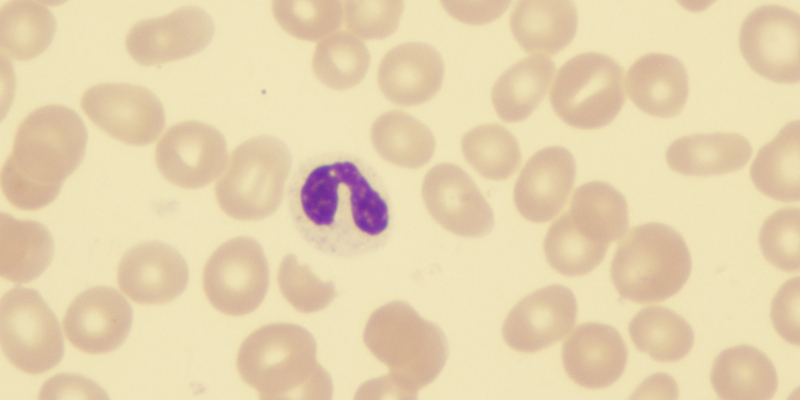
Rami Komrokji, MD, Vice Chair of the Department of Malignant Hematology at the H. Lee Moffitt Cancer Center and Research Institute, asked the DocMatter community:
“I am curious to know if people are using venetoclax in higher-risk myelodysplastic syndromes (MDS) in combination with hypomethylating agents (HMAs) and in what setting? All comers? Selected molecular profile? Or prior to transplant?”
Dr. Komrokji posed his question in preparation of the 2022 SOHO Annual Meeting, which was held in Houston, Texas, where he discussed the role of BCL-2 inhibitors in MDS.
In response, Shyam Patel MD, PhD, Assistant Professor of Hematologic Oncology at the University of Massachusetts Medical School, said it was an interesting topic and offered his thoughts.
“I have been using venetoclax in combination with HMA for high-risk MDS in both the frontline and relapsed/refractory settings. There is no particular molecular profile that leads me to give HMA/venetoclax. It is often prior to transplant that I give HMA/venetoclax. We systematically looked into HMA/venetoclax in MDS, and the response rate was about 70%.”1
In his response, Dr. Komrokji stated that his team was awaiting the result of the phase III VERONA trial.
“We are awaiting the VERONA results to adopt use of venetoclax as standard of care. I have been using it in patients with excess blasts prior to transplant, in patients with ASXL-1, and after HMA failure as add back if [there is] no clinical trial or targetable mutation. I do not use it in TP53 mutation if the patient is not going to transplant. We also presented our real-world data cohort at past American Society of Hematology and SOHO Annual Meetings.” 2
On DocMatter, other colleagues weighed in:
“I am using 14-day venetoclax in select cases: fit, transplant-eligible, high-risk, molecular subtypes ASXL-1, for example.”
—David M. Swoboda, MD, Assistant Member, Malignant Hematology at the Tampa General Hospital Cancer Institute
“In our center, we used the combination azacitidine plus venetoclax in higher-risk MDS only in the context of clinical trials, with satisfactory results even if with greater myelotoxicity (especially affecting granulopoiesis) as compared to azacitidine alone. In our country, the association of the two drugs is not yet approved for higher-risk MDS.”
—Carlo Finelli, MD, Attending Physician in the Institute of Hematology “Seràgnoli” at the Istituto di Ricovero e Cura a Carattere Scientifico University Hospital of Bologna in Italy
What would be your response to this question?
References
- Azizi A, Ediriwickrema A, Dutta R, et al. Venetoclax and hypomethylating agent therapy in high risk myelodysplastic syndromes: a retrospective evaluation of a real-world experience. Leuk Lymphoma. 2020;61(11):2700-2707.
- Komrokji RS, Najla AA, Onyee C, et al. Assessing the role of venetoclax in combination with hypomethylating agents in higher risk myelodysplastic syndromes. Blood. 2021;138. doi:10.1182/blood-2021-146634






 © 2025 Mashup Media, LLC, a Formedics Property. All Rights Reserved.
© 2025 Mashup Media, LLC, a Formedics Property. All Rights Reserved.